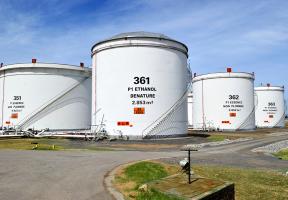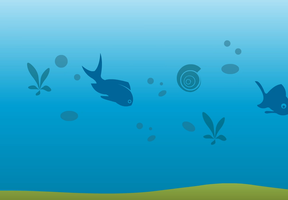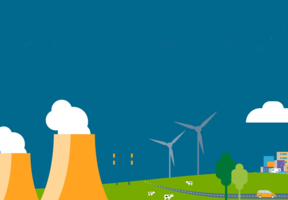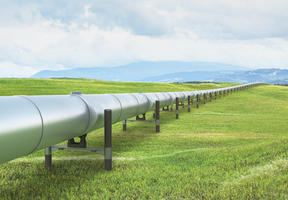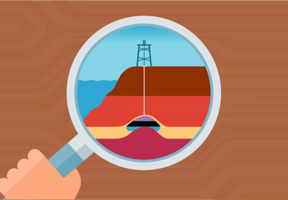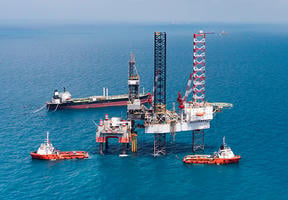Gas pipelines between Europe, Russia and Caucasia
5 min read
The war in Ukraine has disrupted natural gas imports to the European Union (EU), which were previously dominated by Russian gas and distributed mainly by a wide network of overland and subsea gas pipelines. The EU partially dealt with the situation by reducing its gas consumption and drawing more on resources, in particular from the United States. Planète Énergies explains the situation on the rapidly-transforming network.
Gas pipelines between Europe, Russia and Caucasia
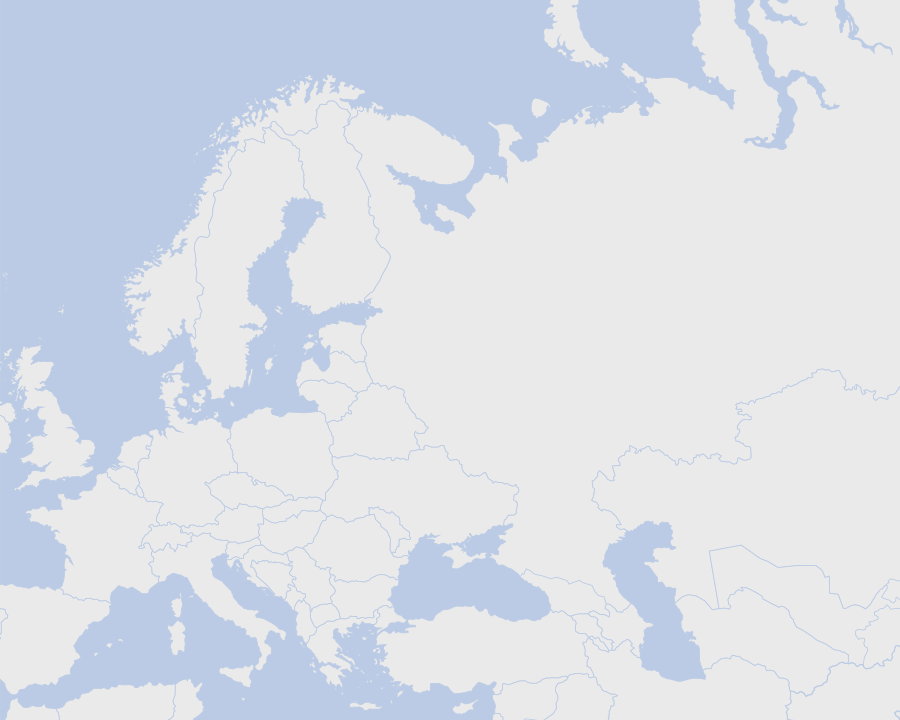









































 BACK TO PIPELINES FROM RUSSIA/CIS
BACK TO PIPELINES FROM RUSSIA/CIS 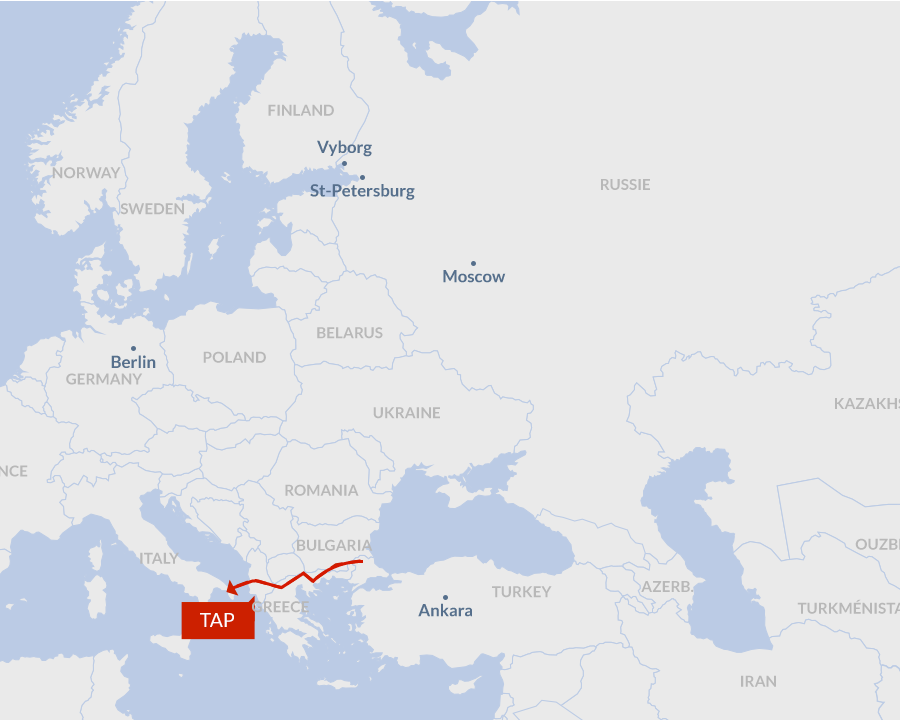
PIPELINE
Capacity : 10 Gm 3 /yr,
doubled later on
Length : 880 km
Origin of gas : Azerbaijan
Route (from Turkey) : Bulgaria - Greece – Albania – Adriatic Sea – Italy
It completes the Southern Gas Corridor, running under the Adriatic Sea to southern Italy.
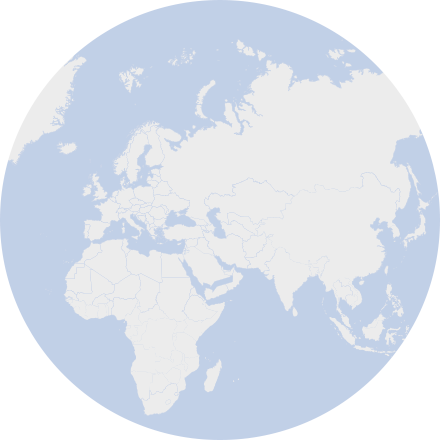

Pipeline ; BP ; Natural Gas Europe ; Nord Stream ; South
Stream Transport 5éme Gauche for planete-energies.com
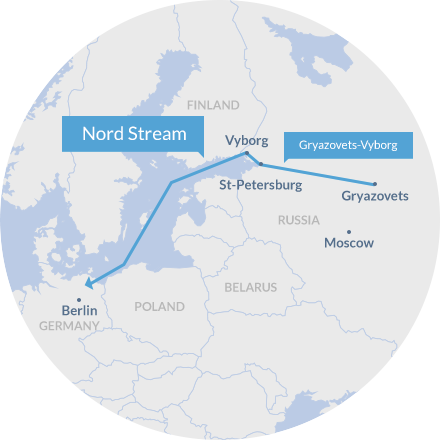

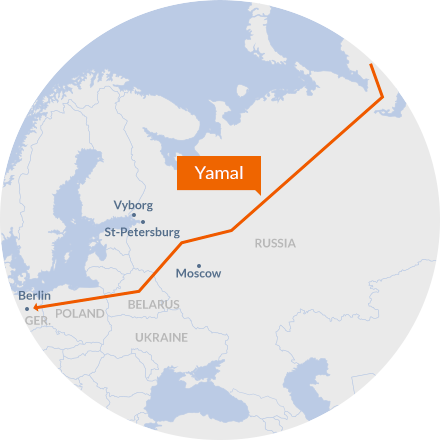

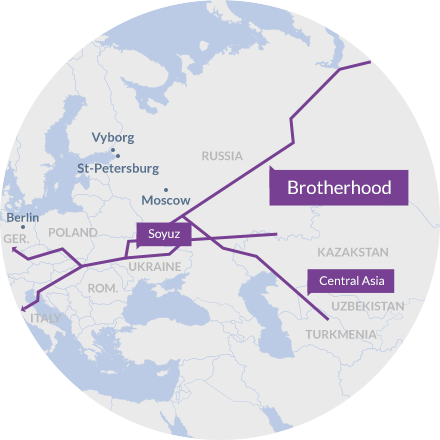

Czech Republic – Germany/Benelux/France and Austria – Italy/Slovenia/Croatia
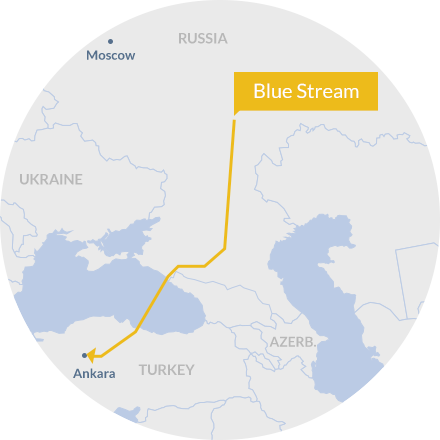

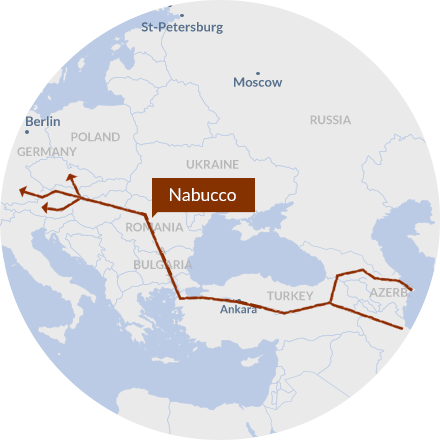



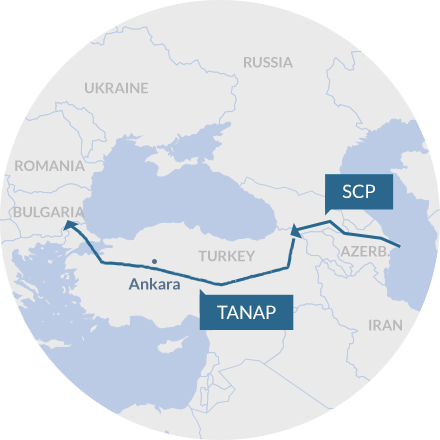





Pipeline ; BP ; Natural Gaz Europe ; Nord Stream ; South
Stream Transport 5éme Gauche for planete-energies.com
The share of Russian gas dropped from 45% in 2021 to less than 15% in 2023. Nearly half of the gas supply from Russia is now ensured by Russian LNG. The share of Russia’s pipeline gas in EU imports account for only around 8% of the total European imports in 2023. The main European supplier is now Norway, followed by the United States, Russia and North Africa. Summary tables published by the European Council are available for consultation here.
Here are the main routes of the vast gas pipeline network that crosses Europe, Russia and Caucasia:
To the North
Brotherhood – During the Soviet Union era, 80% of Russian natural gas transited through the Brotherhood gas pipeline (completed Soyouz), which passes through Ukraine. The pipeline survived the collapse of the USSR (1991), and even a three-year war between Russia and Ukraine. But the transit contract ended on December 31, 2024 on the planned term date and has not been renewed. It deprives Russia from revenue and Ukraine of transit rights. This has led Europe to continue its search for other suppliers and alternative routes via the North and the South.
Yamal – Located further north, Yamal (or Yamal-Europe) 4,000 km long, passes through Belarus and Poland. It has been left unused since 2022.
Nord Stream – As from 2005, Russia and Germany began the construction of a gas pipeline to link the two countries directly, running under the Baltic Sea and bypassing Belarus, Ukraine and Poland. Nord Stream 1 (1,230 km) was inaugurated in 2011. A second pipeline, Nord Stream 2, to double up the first, was completed, but commissioning was suspended in 2022 to sanction Russia. This dual link no longer works technically - it was sabotaged on September 26, 2022, causing significant gas leaks.
To the South
Blue Stream – Since 2003, the Blue Stream pipeline (1,213 km - 400 km of which run under the Black Sea), supplies Turkey. Russia was planning on expanding capacity under the Black Sea with the South Stream pipeline, designed to run right to the center of Europe, but abandoned the project at the end of 2014. It was the Nord Stream’s twin, bypassing Ukraine.
Turk Stream – Russia fell back on a more modest project. In January 2020, it inaugurated Turk Stream (or Turkish Stream), which crosses the Black Sea to Turkey, and it is up to European countries to collect the gas at the border between Turkey and Greece. It is now the only operational gas pipeline that links Russia and Europe.
Toward the Caspian Sea
Nabucco – the European Union had for some time the idea of building a lengthy pipeline, which would go collect gas from producing countries around the Caspian Sea, in particular Azerbaijan and even Iran. It began in 2002, to relieve the dependency on Russian gas, but the project has now been abandoned and replaced by the Southern Gas Corridor, comprising a further three gas pipelines:
- SCP (South Caucasus Pipeline) – 692 km long, it links Azerbaijan to Turkey, and runs through Georgia.
- TANAP (Trans Anatolian Natural Gas Pipeline) – It is 1,850 km long and carries gas from the Caspian Sea through Turkey to Europe.
- TAP (Trans Adriatic Pipeline) – Opened at the end of 2020, and 878 km long, it completes the Southern Gas Corridor, crossing through Bulgaria, Greece, Albania and the Adriatic Sea, before reaching Southern Italy. Azerbaijan to send gas to Europe at the end of 2021. Its exports to Europe have increased by around 30% since the war in Ukraine.


